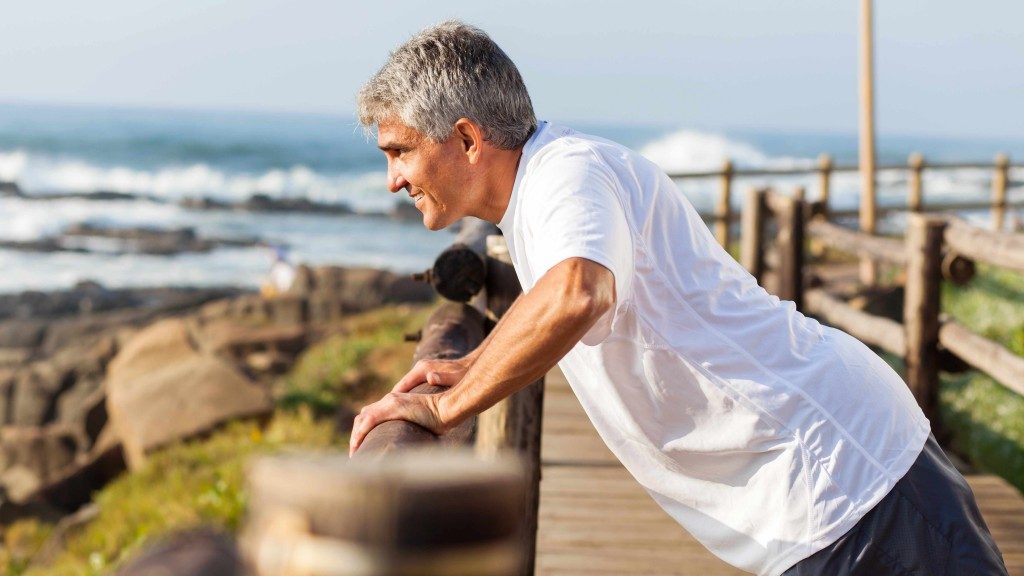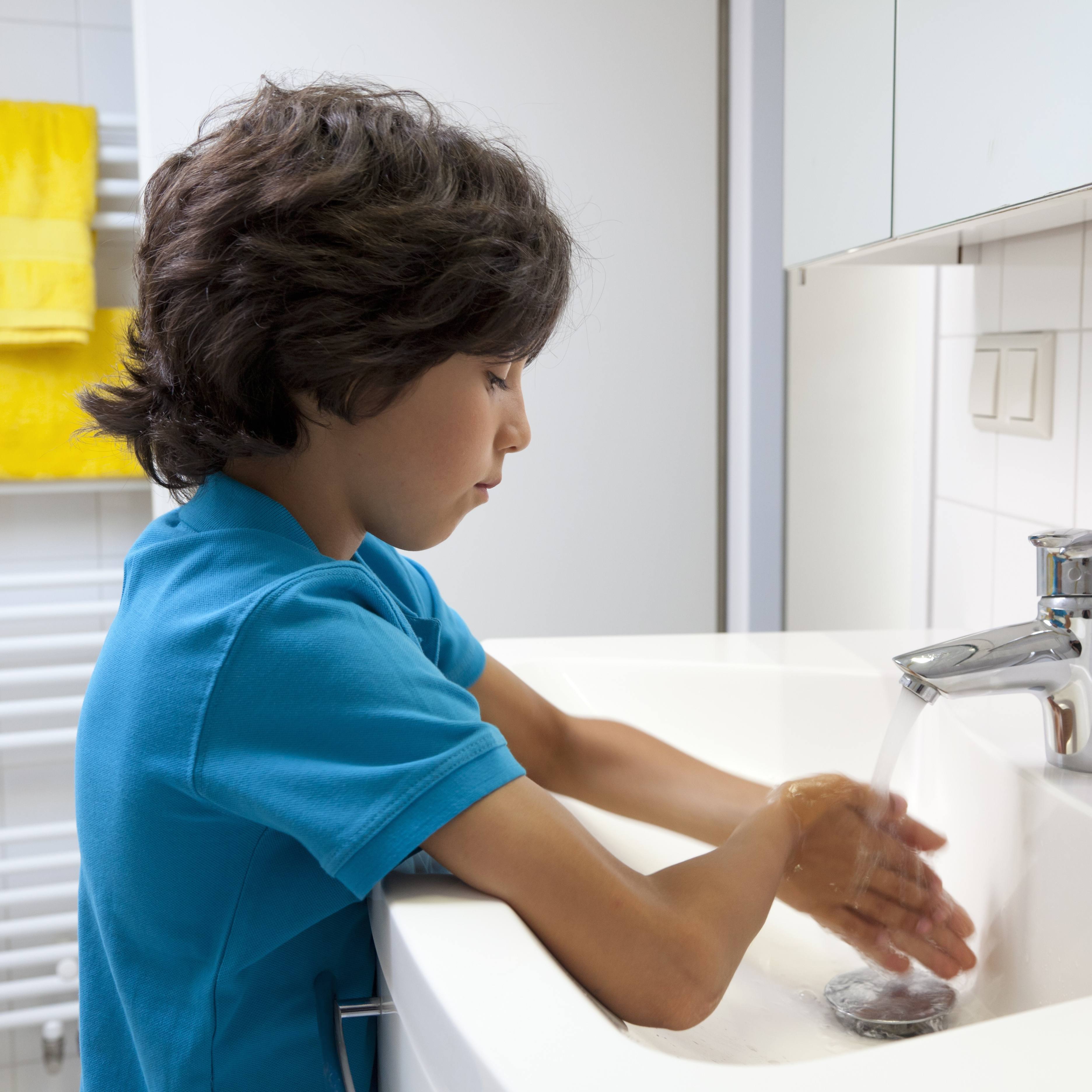
Worldwide, 1 in 3 women over age 50 will experience a bone fracture due to osteoporosis, according to the International Osteoporosis Foundation. But it's not just women, as 1 in 5 men over age 50 also will have the same issue.
Reporter Jason Howland explains in the Mayo Clinic Minute.
Journalists: Broadcast-quality video pkg (1:00) is in the downloads at the end of the post.
Please "Courtesy: Mayo Clinic News Network." Read the script.
Osteoporosis is thinning of your bones to the point where they can break.
"Bone loss really starts to occur in a big way at about age 55," says Dr. Bart Clarke, a Mayo Clinic endocrinologist.
Dr. Clarke is medical editor of Mayo Clinic Guide to Preventing and Treating Osteoporosis. He says women are most at risk, especially those past menopause, when bone loss is accelerated because of a lack of estrogen. But women aren't the only people affected.
"About 20 percent of the patients in the country who have osteoporosis are men," says Dr. Clarke.
Without a bone density test, most people won't even know they have osteoporosis because there are usually no symptoms until a bone is broken ...
"... which is one of the reasons why this is dangerous," says Dr. Clarke. "Because it's like having high blood pressure or high blood sugar. Many times, you have no clue because nobody's checked."
If you're in your 50s, Dr. Clarke recommends talking to your primary care provider and asking about bone density testing if you have had previous low-trauma fractures or risk factors for osteoporosis. You also should maintain good nutrition with proper amounts of calcium and vitamin D, and stay physically active.
____________________________________________
For the safety of its patients, staff and visitors, Mayo Clinic has strict masking policies in place. Anyone shown without a mask was recorded prior to COVID-19 or recorded in an area not designated for patient care, where social distancing and other safety protocols were followed.
Related Articles






